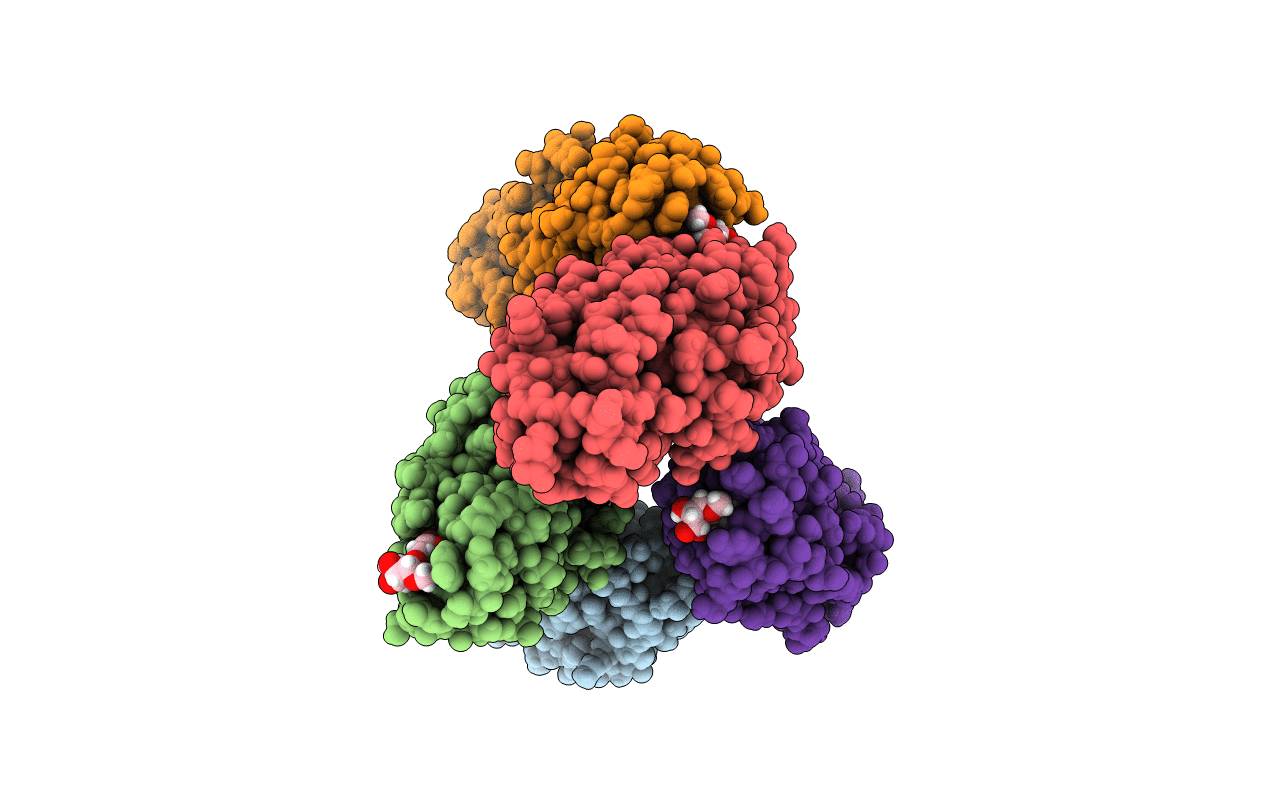
Deposition Date
2018-06-19
Release Date
2019-01-16
Last Version Date
2024-11-20
Entry Detail
PDB ID:
6GTY
Keywords:
Title:
Crystal structure of the FimH lectin domain from E.coli K12 in complex with the dimannoside Man(alpha1-6)Man
Biological Source:
Source Organism:
Escherichia coli K-12 (Taxon ID: 83333)
Host Organism:
Method Details:
Experimental Method:
Resolution:
1.90 Å
R-Value Free:
0.21
R-Value Work:
0.18
R-Value Observed:
0.18
Space Group:
P 43


